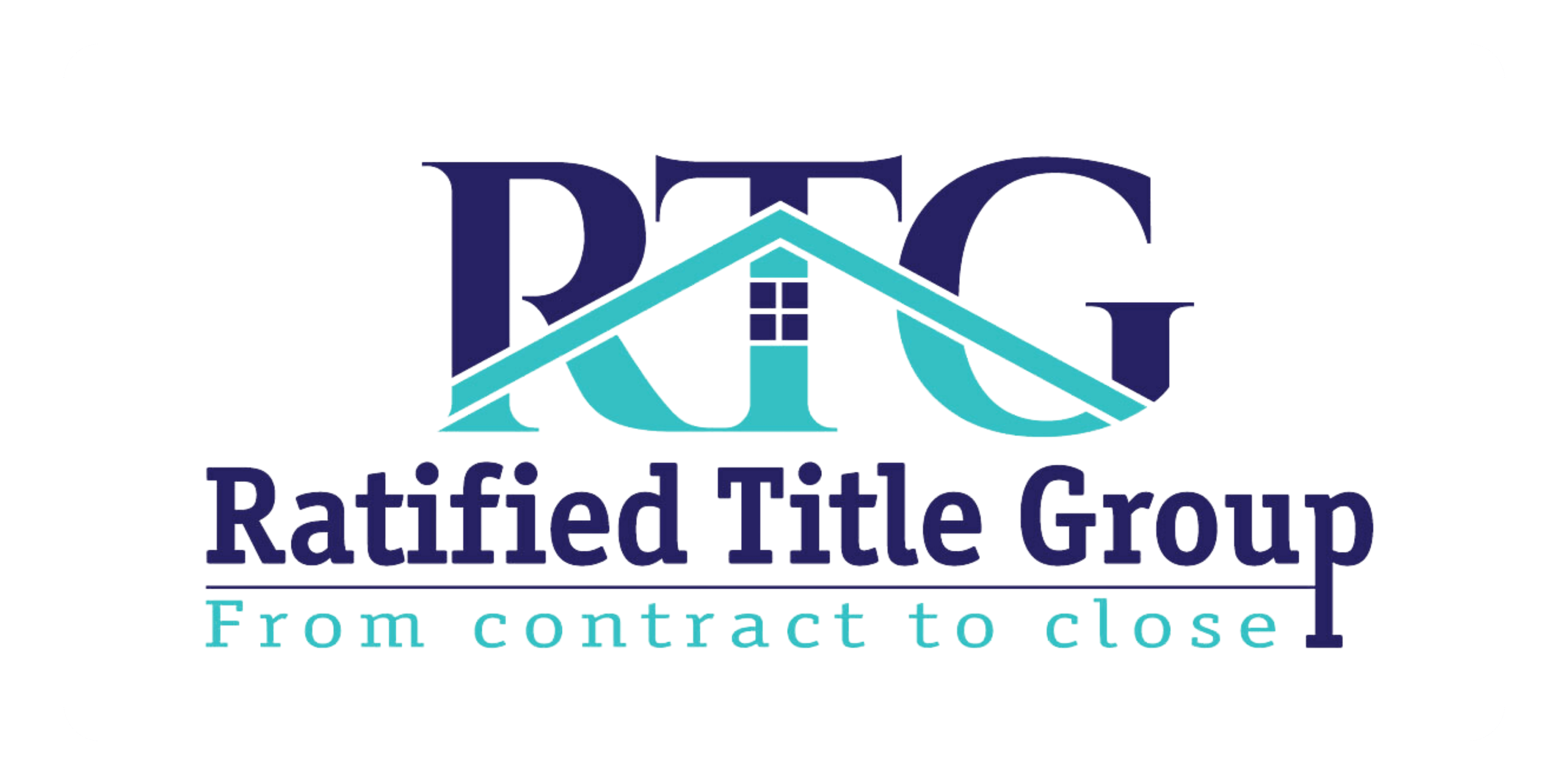Buying a home is an exciting journey, but it comes with a few twists and turns—especially when it comes to closing costs. These fees can catch first-time buyers off guard, but understanding them can help you navigate the final steps of the homebuying process with confidence. In this post, we’ll explore some surprising facts about closing costs that every homebuyer should know to make informed decisions.
1. Closing Costs Can Vary Widely
It’s important to note that closing costs are not a one-size-fits-all expense. They can differ based on location, type of property, and lender, making it crucial to budget wisely.
For instance, the closing costs in a bustling urban area may be higher than those in a rural community. Factors such as local taxes, governmental fees, and regulations play significant roles in how much you’ll ultimately pay. To give you a sense of scale, closing costs can range from 2% to 7% of the purchase price of your new home. This sizable range underscores the importance of doing your homework ahead of time.
Once you have a rough idea of potential costs, it makes sense to create a detailed budget. Be sure to break down each anticipated fee, from title insurance to loan processing fees, so you can prepare accordingly.
2. Some Fees Are Negotiable
Many homebuyers don’t realize that certain closing fees can be negotiated. Speak to your lender or attorney to find areas where you can potentially save money.
Negotiation might seem daunting at first, but think of it as a friendly conversation with your lender. For example, if you have a good credit score, you could leverage that to negotiate lower origination fees. This demonstrates that you’re a responsible borrower, which could prompt lenders to offer you better terms. Moreover, some lenders may also provide discounts on fees if you choose to use their services for both mortgage and insurance.
It’s a win-win situation when you ask questions! Don’t hesitate to reach out to your lender to explore possibilities. The worst they can say is no, but you might just find you can keep some extra cash in your pocket.
3. Prepaid Costs Are Not Closing Costs
Buyers often confuse prepaid costs with closing costs. Prepaids cover future expenses like property taxes and homeowner’s insurance, while closing costs cover fees like appraisals and title searches.
This distinction is crucial for your financial planning. While prepaids can feel like part of the closing costs simply because they may be due at the same time, they serve a different purpose altogether. Prepaids essentially smooth your transition into homeownership, ensuring you are ready for future bills. Understanding what each cost entails can help you allocate funds more effectively.
As a smart homebuyer, keep a checklist that separates prepaid costs from closing costs. This not only prevents any last-minute surprises but also helps you maintain a comprehensive view of your homebuying budget.
4. Lenders Are Required to Provide Estimates
Under federal law, lenders must provide a Loan Estimate form that outlines expected closing costs within three days of an application. This transparency helps buyers prepare for the financial commitment.
This form is a valuable tool, offering clear insights into not only closing costs but also your expected monthly payments. By law, lenders should itemize various fees in a way that is accessible to you, making it easier for you to grasp what you will be responsible for at closing. Plus, it gives you the chance to compare estimates from different lenders, ensuring you get the best deal possible.
Take advantage of this document! Review each line item carefully and don’t hesitate to reach out to your lender for clarification. Feeling informed and empowered is a game-changer during this critical phase of your homebuying journey.
5. Closing Costs Can Be Financed
In some cases, closing costs can be rolled into your mortgage. This can make purchasing a home more affordable upfront, but it’s essential to consider the long-term implications.
While this option can ease the initial financial burden, it also increases your loan amount, which could lead to higher monthly payments and potentially more interest over time. This is like a double-edged sword that requires careful evaluation before making a decision. If you’re considering this path, consult your lender, as they’ll provide personalized advice tailored to your situation.
6. You May Be Able to Get Help with Closing Costs
There are programs available that assist first-time homebuyers with closing costs. Research local and state assistance programs or talk to your lender for options.
These programs can provide vital financial support and help make your dream of homeownership a reality. Common forms of assistance include grants and low-interest loans specifically designed to mitigate closing costs. Even if you think you don’t qualify, it’s worth exploring every avenue because programs can vary widely from area to area.
Engage with real estate professionals who can point you in the right direction. Local non-profits or governmental agencies can also offer guidance to ensure you leverage every opportunity available. After all, you deserve the best support as you move towards your new home!
7. Not All Transactions Incur the Same Fees
Whether you’re buying a new construction, a resale, or a foreclosure, the types of fees involved in closing can differ significantly. Understanding these variations can aid in budgeting.
For instance, new constructions might involve additional fees like inspection costs that older homes wouldn’t typically incur. On the other hand, foreclosure purchases could have their own set of unique costs, such as court fees or added property taxes. The variations highlight the need for thorough research and planning, as each scenario warrants careful consideration of the specific costs at hand.
This knowledge can also serve as a powerful negotiating tool. If you’re aware of potential fees, you might be able to have informed discussions with sellers on what costs to cover, thus empowering your home buying experience.
8. The Importance of the Title Search Fee
The title search fee is crucial as it ensures that the property’s title is clear of any claims or disputes. Skipping this step can lead to significant legal issues down the line.
This fee may seem like just another expense, but it plays a pivotal role in protecting your investment. A title search helps verify ownership and pinpoints any liens or encumbrances attached to the property. If any issues arise post-purchase, they can lead to potential financial turmoil or legal challenges, which brings to light the necessity of the title search fee.
So, when looking at closing costs, factor in the title search fee as a peace-of-mind investment. It’s worth the cost to ensure that your new home truly becomes yours, without complications lurking in the shadows.
9. Closing Costs Are Sometimes Included in Offers
Sellers may agree to cover part of the closing costs to make a deal more appealing. This is commonly known as a seller concession, and it can be a beneficial negotiation strategy.
In a competitive market, sellers often look for ways to attract buyers, and footing part of the closing costs may just tip the scales in your favor. It’s an excellent question to ask when negotiating your offer: what closing costs might the seller be willing to cover? This tactic allows you to reduce upfront payments and direct those funds toward other critical aspects of your home purchase, such as a new appliance or home repairs.
Be sure to integrate this strategy into your homeowner toolkit. By being proactive in negotiations, you can not only save money but also potentially strengthen your relationship with the seller.
10. You Should Always Budget for Closing Costs
It’s essential to plan for closing costs as part of your overall homebuying budget. Being financially prepared can alleviate stress and make the process much smoother.
When you create your homebuying budget, be sure to include your closing costs right from the start. Allocate funds realistically, considering each fee, which will prepare you to pay them when the time comes. A good rule of thumb is to set aside between 2% to 5% of your purchase price to cover these costs.
Creating such a financial cushion can also prevent last-minute surprises that could derail your exciting journey to homeownership. And remember, the more informed you are, the more power you have in controlling your financial fate. Be proactive and breathe easy, knowing you’ve got this part covered!



